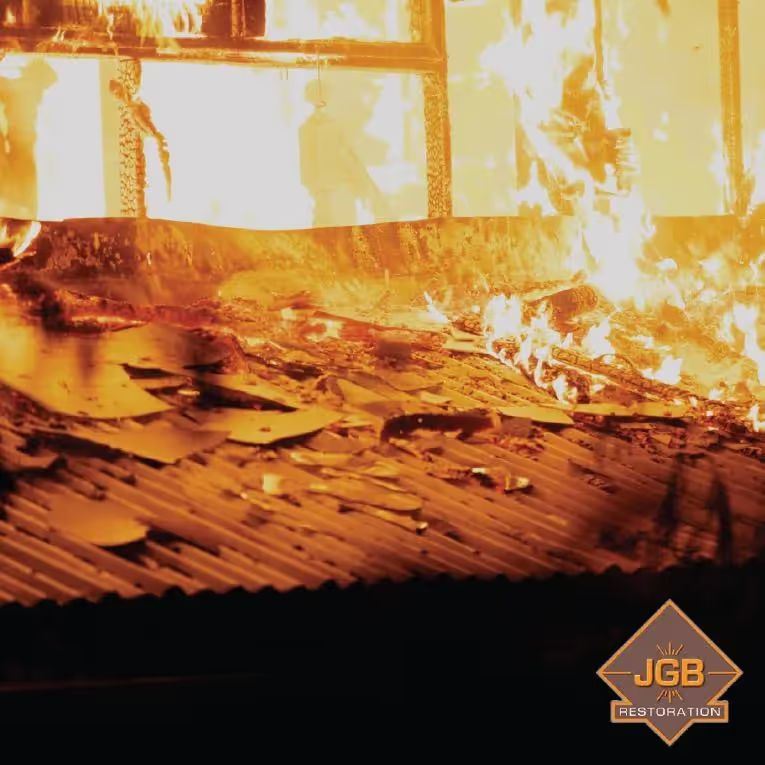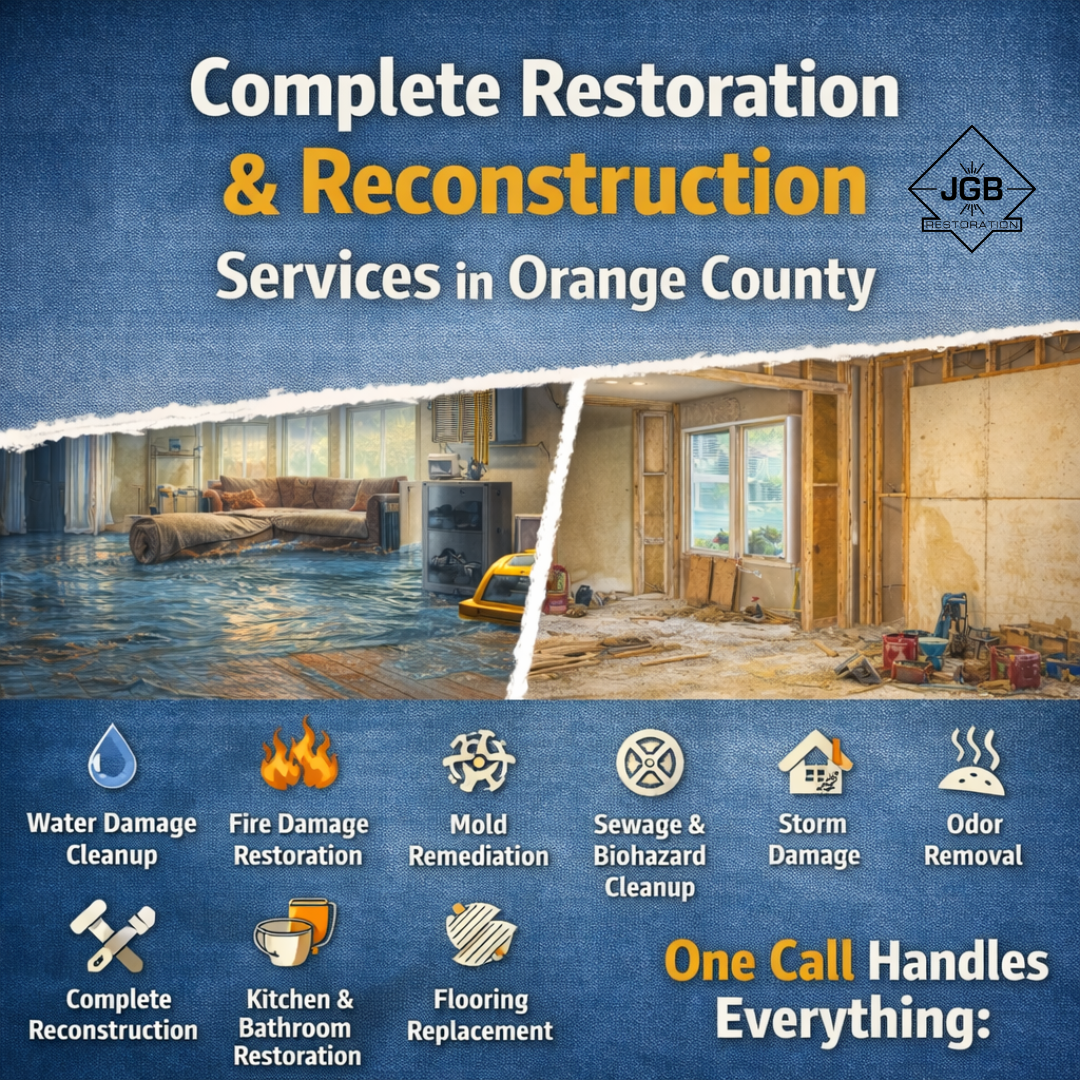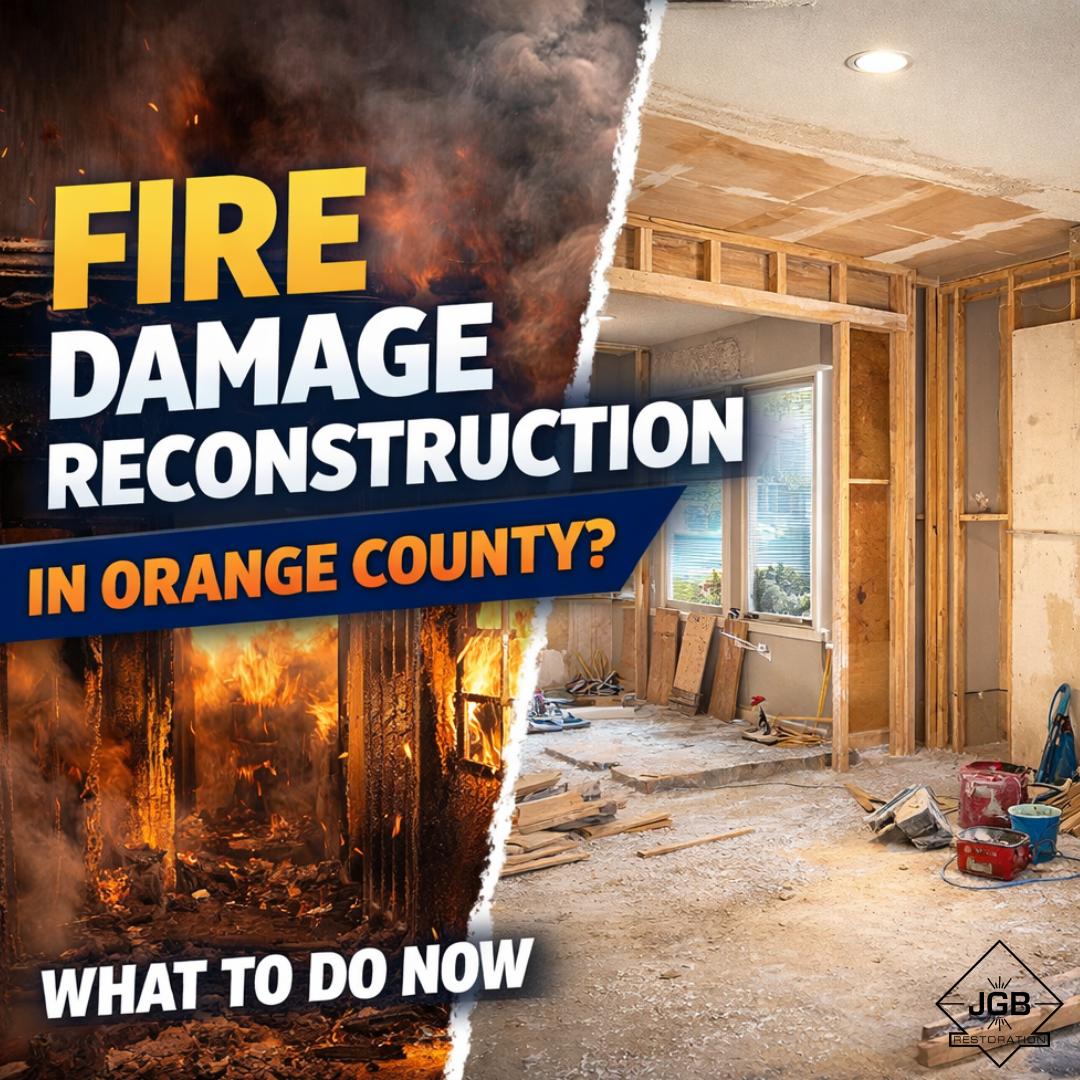Preparing your home for wildfires is crucial, especially if you live in an area that is prone to them like California. Doing your research and figuring out how to best prepare yourself and your family before spreading wildfires is crucial! Your local fire department has recommendations on how to prepare your home for wildfires this summer. Here are some steps to take to prepare your home for wildfires:
Create a Defensible Space
Your home has a better chance of making it through spreading wildfires if you create a defensible space. This kind of space is what would be considered around your home, like a front yard or backyard. Clear any flammable materials such as dried vegetation, fallen leaves, and debris from around your house. This creates a defensible space, a buffer zone between your home and potential wildfires. The larger the defensible space around your home, the longer you have to evacuate or take necessary action to get to a safe place.
Another way to create a defensible area surrounding your home is by using fire-resistant landscaping. Use fire-resistant plants and landscaping materials that are less likely to ignite and create fuel for a fire. Choose plants with a high moisture content and avoid planting shrubs and trees close to your home.
Creating a defensible space around your home could make all the difference when wildfires strike in your area. If you’re unsure how to create a defensible space for your home, do your research and ask a local lawn and garden company what to do for your space.
Address Issues and Vulnerabilities
Wildfires continue because the sparks ignite dry or flammable materials in its path. To avoid the risk of your home catching fire, you should clean your roof and gutters of debris before the dry season or before wildfires spread near your home. A few things you should clean up around your home include leaves and pine needles, as these materials easily catch fire from flying embers. Regularly trim your trees and shrubs, remove any dead vegetation and keep your lawn mowed. This helps reduce the amount of fuel available for potential fires.
Make sure that all vents and openings in your home are covered with metal mesh screens to prevent embers from entering. Replace any flammable siding materials with non-combustible ones, such as stucco or brick. If you know you live in an area with frequent wildfires, consider renovating your home using fire-retardant materials. If you don’t already have smoke detectors installed throughout your home, get that done as soon as possible.
Be Prepared for Anything
In case of an evacuation, have an emergency kit ready that includes important documents, medications, food, and water. Your local fire department provides a list of recommended items to include in your emergency kit. Some more items include:
- Battery-powered radio
- Flashlight
- First-aid kit
- Whistle
- Dust mask
- Extra batteries
- Local maps
Not only should you have an emergency kit readily available to you, but also you should create an evacuation plan and make sure that everyone in your household knows it. Identify escape routes and plan for how to transport pets and livestock, if applicable. It is recommended to practice your emergency evacuation plan at least once before wildfires could strike. This way, you are familiar with the plan.
Whether you still have internet or cable access or you have to use a radio, keep up-to-date on the latest news and information about wildfires in your area. Follow local authorities and news outlets to get the latest updates on the path of the wildfire. Be prepared to evacuate if necessary!
Taking these steps helps reduce the risk of wildfire damage to your home and keep your family safe. If you know you live in an area with a high risk of wildfires, be prepared and create an emergency plan before it's too late! If you do suffer from residential fire damage, contact our team at JGB Restoration for help.





